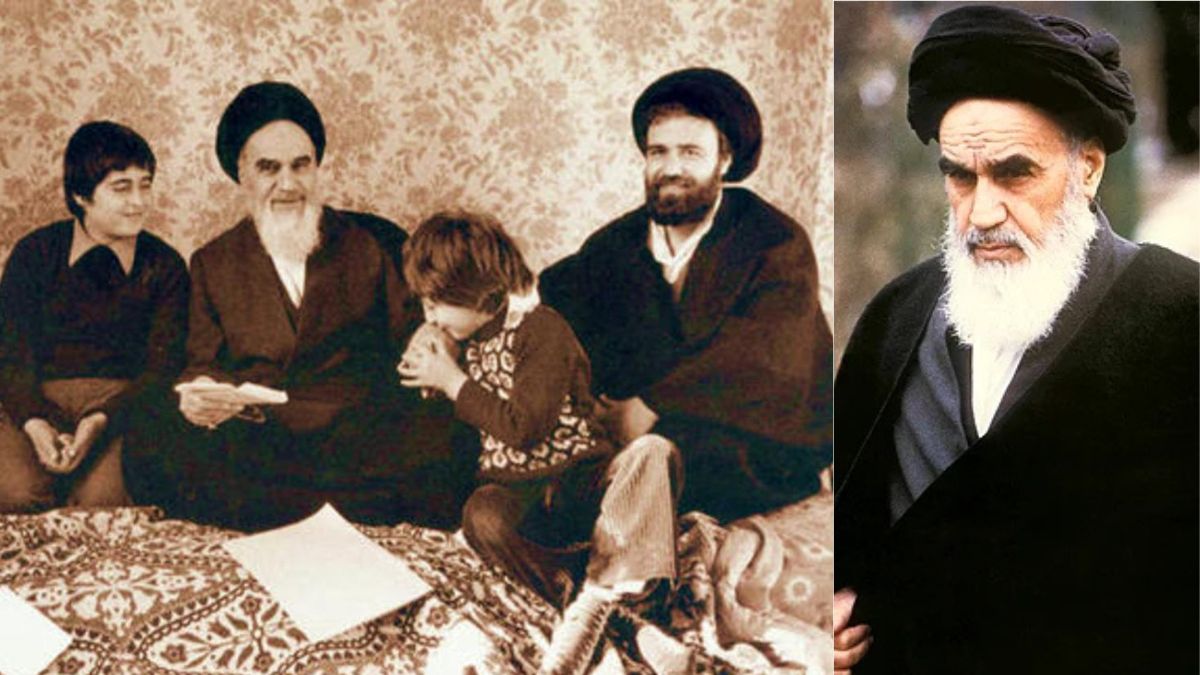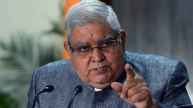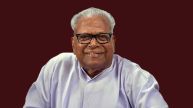Israel’s escalating attacks on Iran’s military and nuclear infrastructure have drawn strong retaliation from Tehran, bringing the region to the brink of a full-scale war. The outcome could alter the balance of power not only in the Middle East but across the world. It was Khomeini, Khamenei’s predecessor, who transformed Iran into a hardline Shia state and an alternative power centre in the region.
Ayatollah Ali Khamenei, the Supreme Leader of Iran, is closely watched around the world. Through strong warnings directed at Israel and declarations of deep religious belief, he has come to symbolise Iran’s firm and unyielding stance in the ongoing conflict. The leader, who holds absolute command over every move, has an Indian connection that traces back to Barabanki, a village in Uttar Pradesh. Yes, Khamenei is the great-grandson of Syed Ahmad Musavi Hindi, who moved to Iran from Barabanki. This family connection played a role in shaping Iran’s modern history. What began as a pilgrimage evolved into migration. Today, Iran’s defiance under Supreme Leader Ayatollah Ali Khamenei echoes Khomeini’s unyielding spirit.
Ayatollah Ruhollah Khomeini And Shia Faith
1979 marked a turning point in Iran’s history– the year the country transformed from a liberal Islamic nation into a strict Shia theocratic state following the removal of the Shah (King). The revolution was led by Ruhollah Khomeini, whose grandfather, Syed Ahmad Musavi Hindi, had deep spiritual roots. From a young age, Khomeini was immersed in spirituality and developed a strong connection to the Shia faith, an inheritance from his grandfather. In the early 1800s, the small village of Kintoor in Barabanki, Uttar Pradesh, was home to the Musavi family. Ahmad Hindi’s father, Din Ali Shah, had migrated to India from central Iran in the 18th century. This lineage firmly links Khomeini’s ancestry to the town near Barabanki.
How Did Syed Ahmad Musavi Hindi Reach Iran?
Musavi began his journey at a time when the British East India Company was tightening its control over the Indian subcontinent, and the influence of the Mughal Empire was in decline. In 1830, he left Kintoor for Najaf, a city regarded as one of the holiest in Shia Islam. His purpose was to visit the tomb of Imam Ali. However, after completing the pilgrimage, he never returned to India. What began as a religious journey eventually turned into a permanent migration- a move that would go on to shape Iran’s future.
Musavi settled in the Iranian city of Khomeyn. He got married and raised children. He married three women in Khomeyn and had five children. He married three women in the town of Khomeyn and had five children. One of them was Mostafa, the father of Ruhollah Khomeini, who was born in 1902, according to journalist Baqer’s book. During this period, Iran was under the rule of the Qajar dynasty, a time of political uncertainty. The ruling elite were struggling to hold on to power amid growing dissatisfaction among the people and increasing pressure from foreign powers.
He then integrated into Iranian clerical society. However, various reports say that he never gave up the name “Hindi”- a title he carried for the rest of his life, and the ‘Hindi’ remains in Iranian records. He was the person who established the high office of Ayatollah and forever changed the West Asian nation into a theocracy.
Ahmad Musavi died in 1869 and was buried in Karbala. However, his religious beliefs and teachings lived on. His vision of faith continued to influence not only his descendants but also played a role in shaping the structure of Iran’s government in later years.
It was Khomeini, the predecessor of Khamenei, who turned Iran into a hardline Shia country and an alternative power centre in the Middle East. Iran acts as a counterweight to the axis of the US and Saudi Arabia, a Sunni country.












